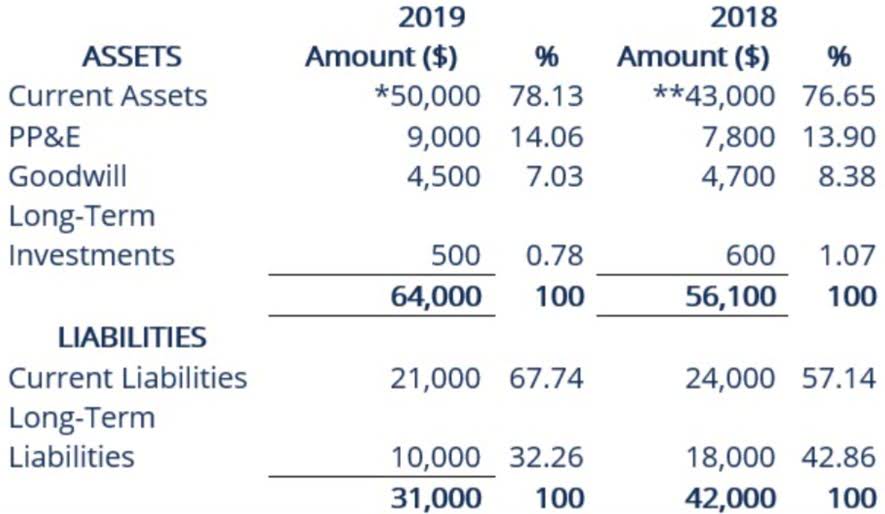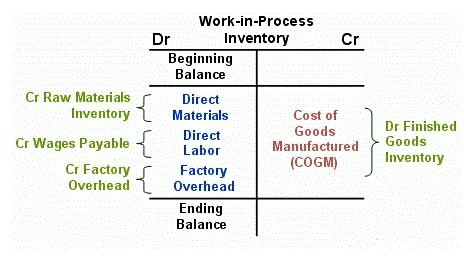
At this stage the auditor will design substantive procedures to ensure that assurance has been gained over all relevant assertions. SOX also created the Public Company Accounting Oversight Board (PCAOB)—an organization intended to assess the work performed by public accounting firms to independently assess and opine on management’s assertions. The PCAOB’s Auditing Standard number 5 is the current standard over the audit of internal control over financial reporting.
- In order to test completeness, the procedure should start from the underlying documents and check to the entries in the relevant ledger to ensure none have been missed.
- This is an example of the valuation, and this assertion needs to be verified by the auditor in order to evaluate the overall preparation of financial statements.
- The assertion of accuracy and valuation is the statement that all figures presented in a financial statement are accurate and based on the proper valuation of assets, liabilities, and equity balances.
- In other words, if your small business is being audited, the auditor may ask for proof that the cash balance of your bank account belongs to the business.
- While not directly subject to SOX, many non-public companies have been indirectly impacted because they provide services for publicly traded companies.
- For example, an auditor may want to examine payroll records to make sure that all salaries and wages expenses have been recorded in the proper period.
MANAGEMENT ASSERTIONS AND AUDIT OBJECTIVES (STUDY OBJECTIVE
It should be ensured that the transactions and the events are properly clubbed (or disaggregated), and clearly described. For example, it should be made sure that salaries and wages cost in respect of all personnel have been fully accounted for. For example, an organization might have shown wages and salaries over a given financial period.
- When it comes to account balances, management is responsible for making several assertions.
- For account balances, it checks the completeness of asset, liability, and equity balances.
- Independent auditors use these representations as the foundation from which they design and perform procedures to test management’s assertions and form an opinion to which they attest to the public.
- Explore the critical role of management assertions in shaping financial audits and the auditor’s duty to assess their validity for accurate reporting.
- Independent auditors use these representations as the foundation from which they design and perform procedures to test management’s assertions and form an opinion.
- There is no assurance that controls were operating effectively over a period of time.
Presentation and Disclosure Assertions in Auditing
- It also needs to be ensured that the transactions actually pertain to the given entity, only.
- At this stage the auditor will design substantive procedures to ensure that assurance has been gained over all relevant assertions.
- Audit assertions, also known as financial statement assertions or management assertions, serve as management’s claims that the financial statements presented are accurate.
- With this API, the browser can reduce unnecessary requests to theIdP and mitigate potential timing attacks.
- All transactions that were supposed to be recorded have been recognized in the financial statements.
Auditors may also look for any deposits in the bank that have not been recorded. For example, an auditor may want to examine payroll records to make sure that all salaries and wages expenses have been recorded in the proper period. This may include an examination of payroll records, a payroll journal, an active employee list, and any payroll accruals management assertions that were made and reversed in the period being examined. Some of these include reviewing accounts and reconciliation of payables to supplier statements. Opposite to right and obligation, we test the audit assertion of cut-off for income statement transactions only. With the Login Status API, the IdP must inform the user’slogin status to the browser.
What Are the Five Types of Audit Assertions? (The 5 Most Important)
Transactions recognized in the financial statements have occurred and relate to the entity. Classification – means that assets, liabilities and equity interests are recorded in the proper accounts. Cut–off – that transactions are recorded in the correct accounting period.

Understanding Financial Statement Assertions
Explore the critical role of https://www.bookstime.com/ in shaping financial audits and the auditor’s duty to assess their validity for accurate reporting. Transactions with related parties disclosed in the notes of financial statements have occurred during the period and relate to the audit entity. Describe substantive procedures the auditor should perform to obtain sufficient and appropriate audit evidence in relation to the VALUATION of X Co’s inventory. Presentation – this means that the descriptions and disclosures of assets and liabilities are relevant and easy to understand. The points made above regarding aggregation and disaggregation of transactions also apply to assets, liabilities and equity interests. Accuracy, valuation and allocation – means that amounts at which assets, liabilities and equity interests are valued, recorded and disclosed are all appropriate.

What Are the Audit Assertions? Definition, Types, And Explanation

Disaggregation is the separation of an item, or an aggregated group of items, into component parts. The notes to the financial statements are often used to disaggregate totals shown in the statement of profit or loss. Materiality needs to be considered when judgements are made about the level of aggregation and disaggregation. That’s because there is no other way to hold the preparers of financial statements accountable. Many professionals review and test the authenticity of this assertion by using certain checklists.
Using the FedCM API
Related party transactions, balances and events have been disclosed accurately at their appropriate amounts. Transactions have been classified and presented fairly in the financial statements. Relevant tests – the test for transactions of checking purchase invoice postings to the appropriate accounts in the general ledger will be relevant again. Also that research expenditure is only classified as development expenditure if it meets the criteria specified in IAS® 38 Intangible Assets. Completeness – that there are no omissions and assets and liabilities that should be recorded and disclosed have been. In other words there has been no understatement of assets or liabilities.

發佈留言